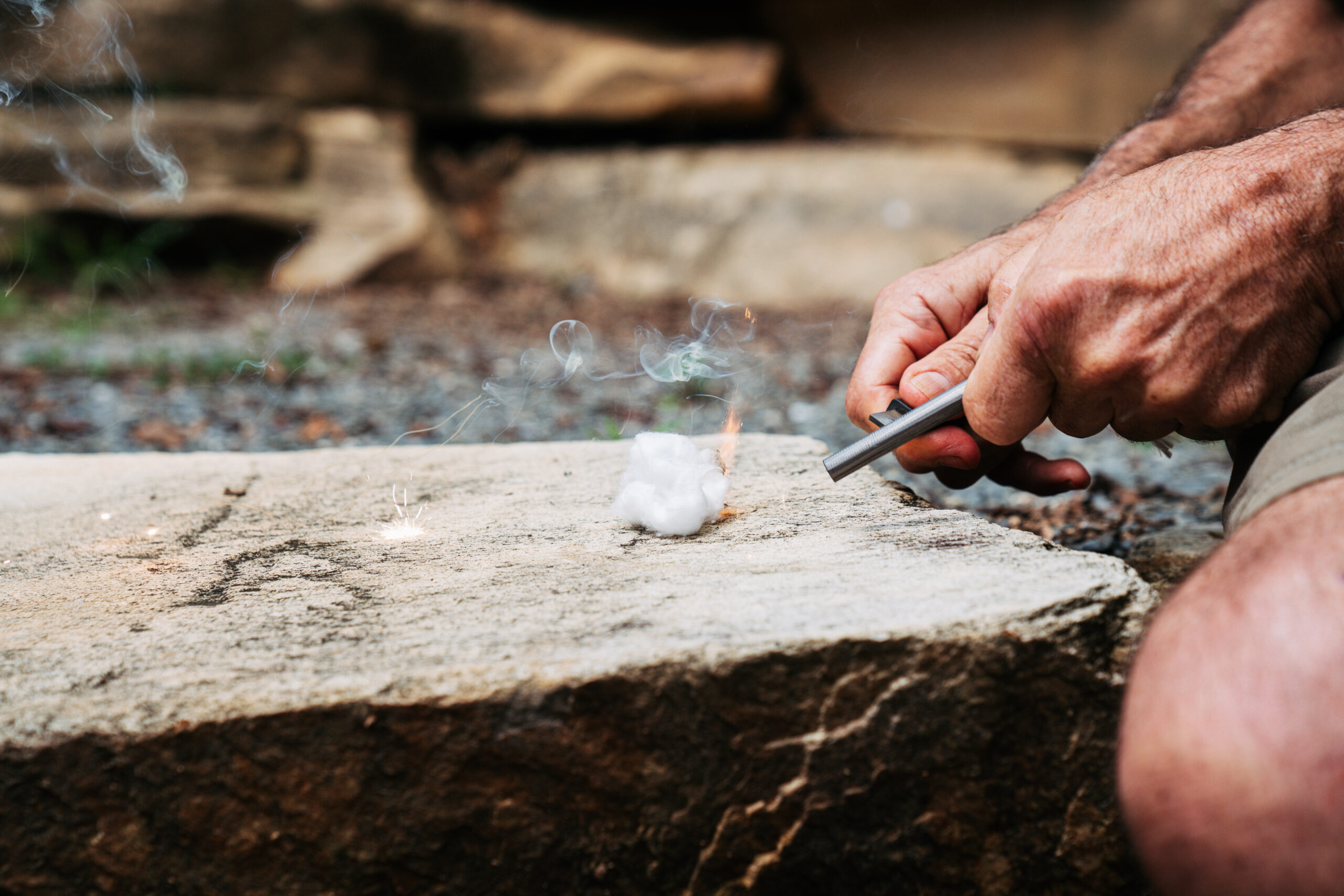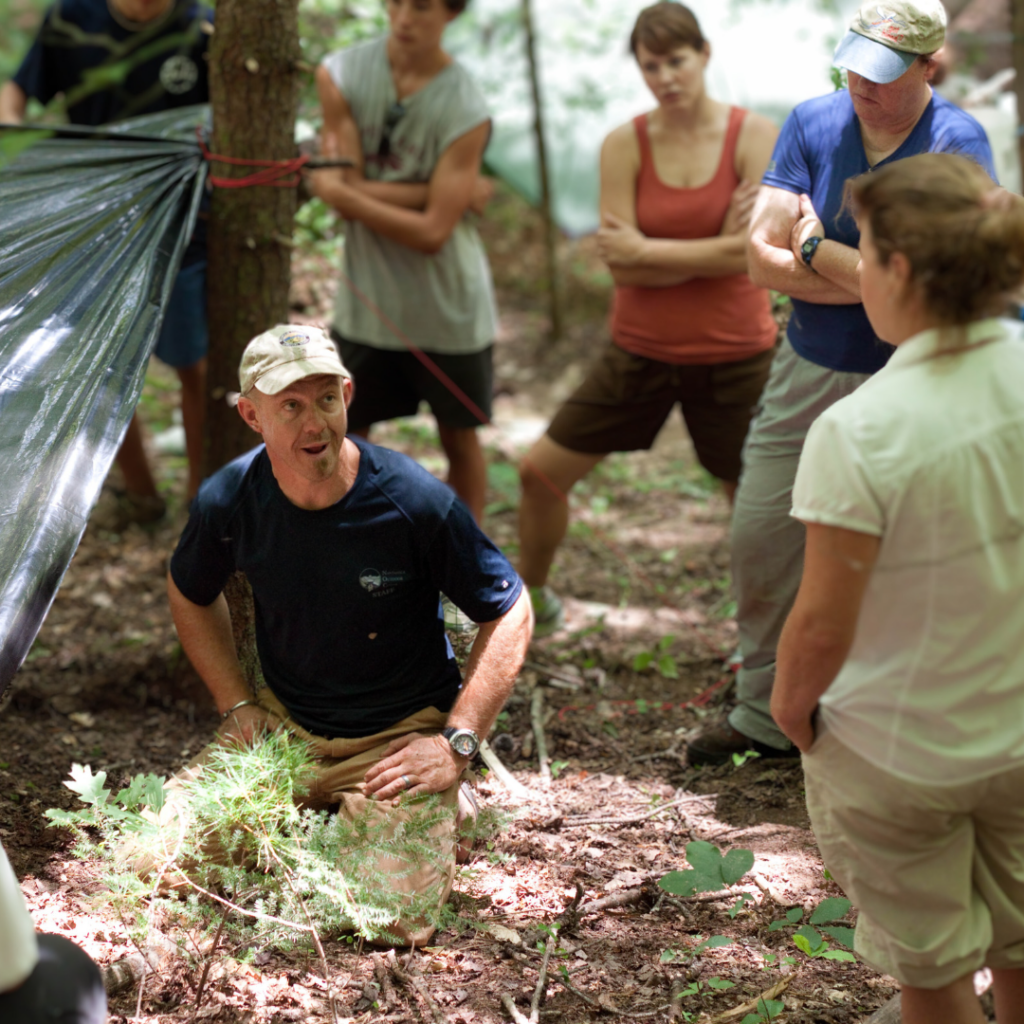The Ultimate Guide to Building a Survival Kit: Must-Have Items and Tips
Creating a wilderness survival kit is a crucial step for anyone venturing into the great outdoors.

Whether you’re an avid hiker, camper, or just someone who enjoys exploring nature, being prepared for unexpected situations can make all the difference.
In this ultimate guide, we’ll explore the must-have items for a comprehensive wilderness survival kit, shedding light on their uses and importance.
1. Navigation Tools:
- Map and Compass: Essential for finding your way, especially in areas with no GPS signal.
- GPS Device: While not a substitute for a map and compass, it can provide additional navigation assistance.

LEARN HOW TO SURVIVE
2. Shelter:
- Lightweight Tent or Tarp: Protects against the elements and provides a comfortable resting place.
- Emergency Space Blanket: Reflects body heat and provides insulation.

3. Fire Starting Tools:
- Waterproof Matches or Lighter: Reliable tools for igniting a fire even in wet conditions.
- Firestarter Aids: Firestarter cubes, fatwood, or cotton balls soaked in Vaseline all help efficiently start fires in more challenging environments.
4. Water Purification:
- Water Filtration System: Portable filters or purification tablets to ensure a safe water supply.
- Collapsible Water Container: Easy to carry and store for collecting water.
5. First Aid Kit:
- Trauma and Bleed Kit: Bandages, gauze, and some splinting materials are essential first aid kit items.”
- Activity Specific Additions: Modify your kit depending on the activity you are doing (mountain biking – add a tourniquet; paddling – bring a face shield and hypo kit, etc.
6. Multi-Tool:
- Versatile Knife: Useful for various tasks, from cutting to opening cans.
- Multi-Tool with Pliers: A compact tool with multiple functions for different situations.
7. Nutrition:
- High-Calorie Energy Bars: Compact and packed with nutrients for quick energy.
- Dehydrated Meals: Lightweight and easy to prepare with water.
8. Clothing:
- Weather-Appropriate Clothing: Layers for warmth and protection against the elements.
- Emergency Poncho: Provides additional protection during unexpected rain.
9. Communication Devices:
- Whistle: Signals for help in emergency situations.
- Signal Mirror: Reflects sunlight to attract attention.
10. Illumination:
- Headlamp or Flashlight: Essential for navigating in the dark.
- Extra Batteries: Ensure your illumination tools are always ready.
Tips for Building and Maintaining Your Survival Kit:
- Regularly Check and Update: Periodically review your kit, replacing expired items and ensuring everything is in working order.
- Personalise Your Kit: Consider your specific needs and adapt the kit accordingly, accounting for any medical conditions or personal requirements.
- Education and Training: Equip yourself with the knowledge of how to use each item in your survival kit effectively. Training enhances your ability to handle emergencies.
- Keep It Lightweight: While it’s crucial to be prepared, a lightweight kit is more manageable and won’t weigh you down during your outdoor adventures.
Remember, the key to survival is preparation. By investing time and effort into creating a well-thought-out wilderness survival kit, you significantly increase your chances of overcoming challenges and enjoying a safe outdoor experience.

